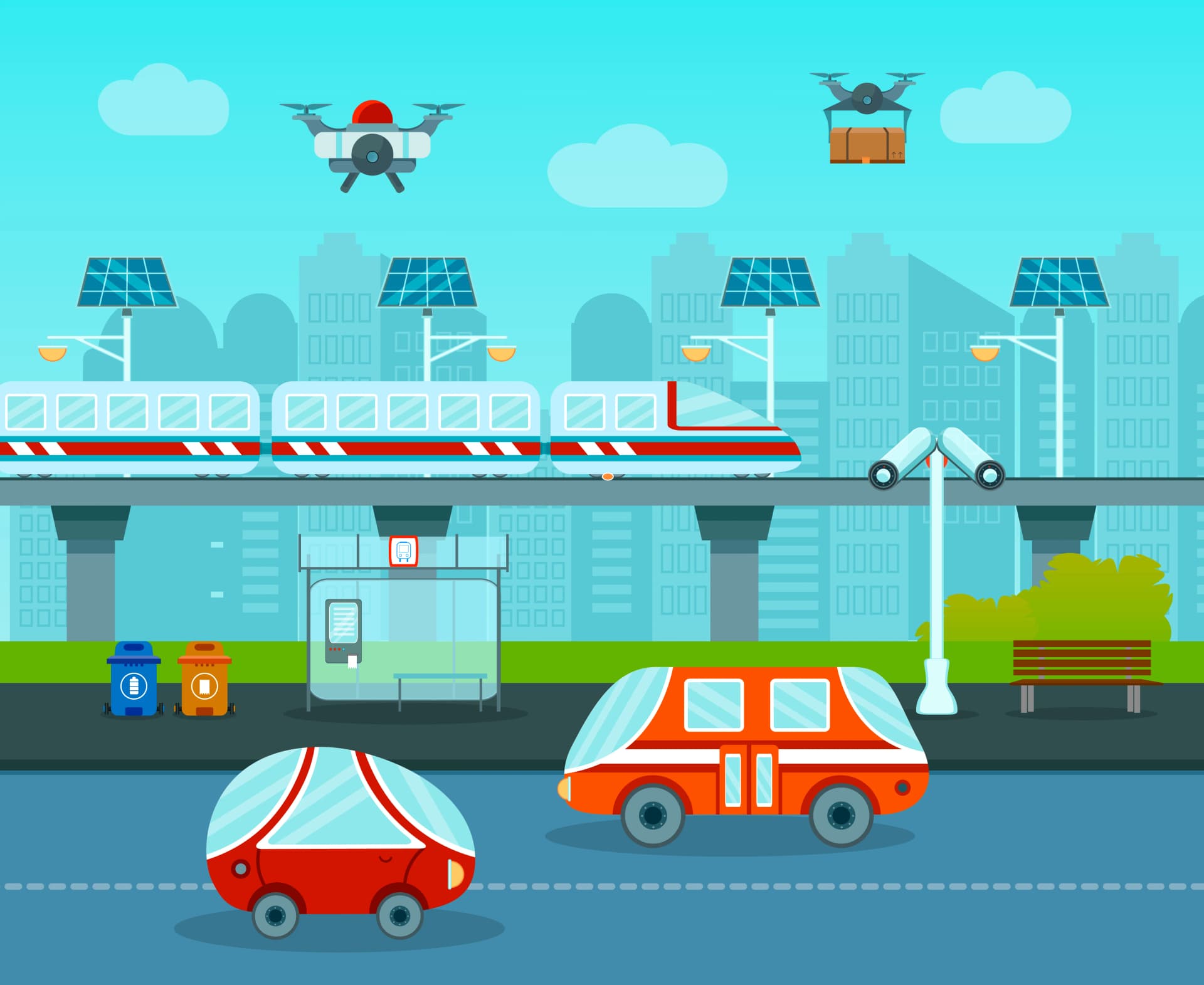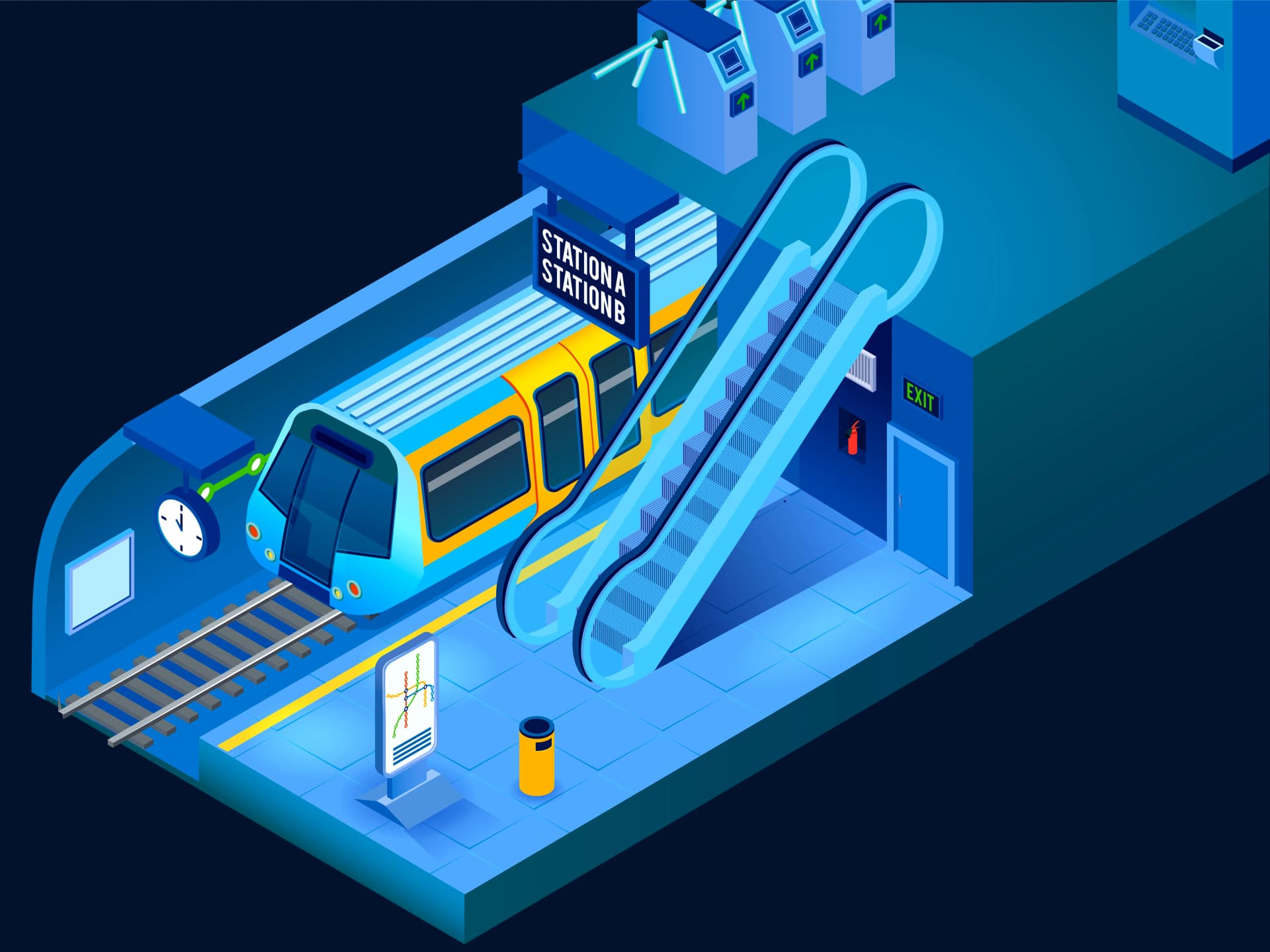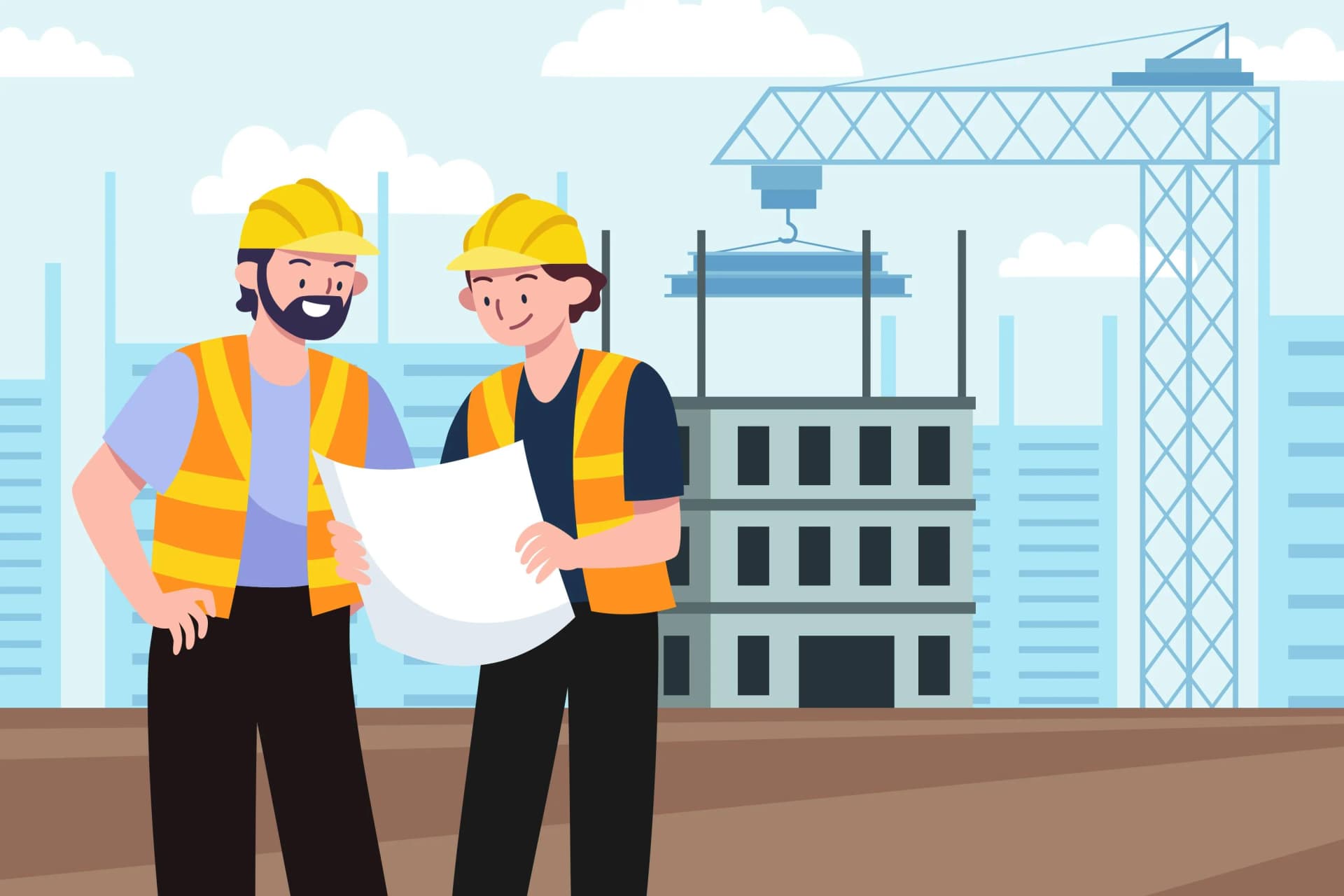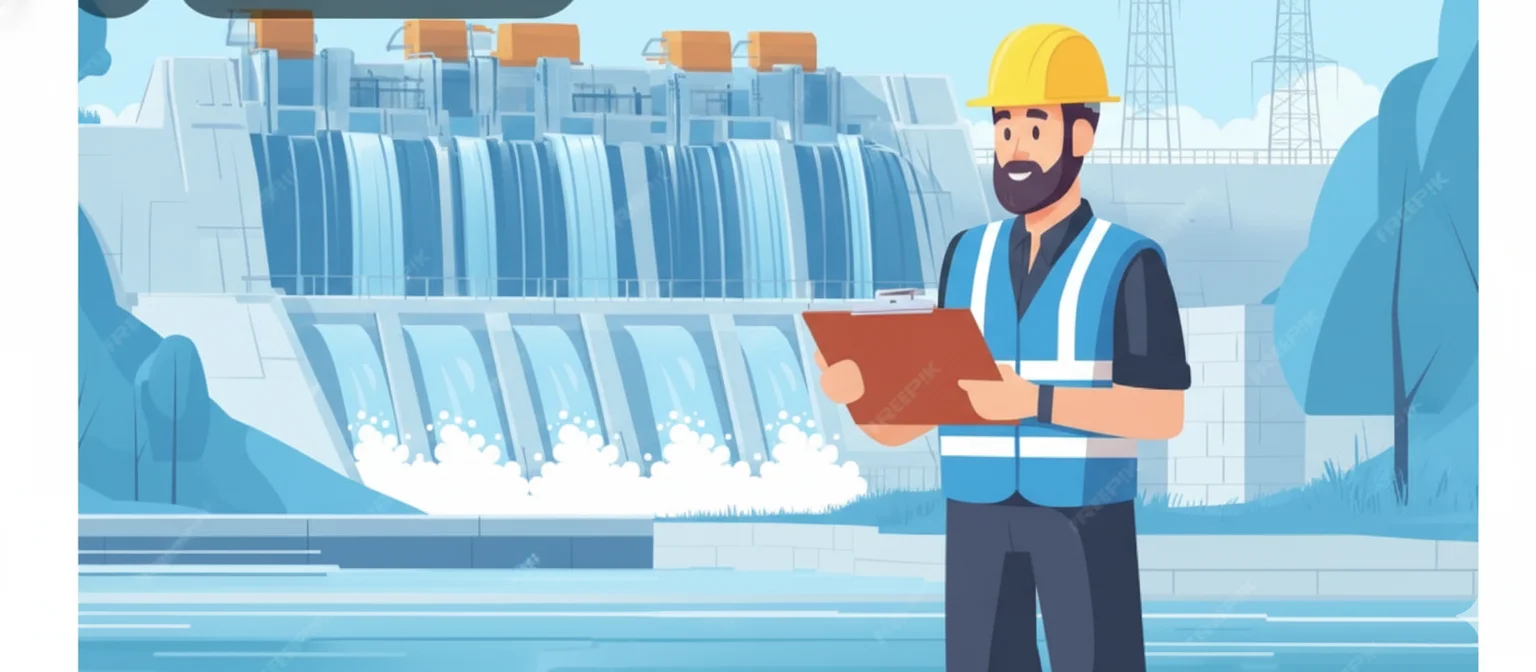Infrastructure
Smarter, Safer Infrastructure with Ombrulla — Ensure structural integrity, prevent equipment failures, and protect workers with AI visual inspection, APM, and real-time safety monitoring.
Smarter, Safer Infrastructure with Ombrulla — Ensure structural integrity, prevent equipment failures, and protect workers with AI visual inspection, APM, and real-time safety monitoring.
Ombrulla delivers AI- and IoT-powered solutions that enable infrastructure operators to ensure structural safety, optimize equipment performance, and protect workers across bridges, tunnels, utilities, and construction projects. From AI Visual Inspection to Agentic AI for decision-making, our platforms help you build and maintain resilient infrastructure.
Infrastructure assets like bridges, tunnels, and utility structures require constant monitoring to ensure public safety. Manual inspections are time-consuming, costly, and can miss critical early warning signs.

AI-powered drones and cameras inspect bridges, tunnels, and utility structures in real time.

Algorithms identify cracks, corrosion, or surface fatigue before they become safety hazards.

Creates a real-time virtual model of infrastructure assets for continuous monitoring and predictive analysis.


Prevents accidents by detecting early warning signs of structural failure.

Minimizes disruption to critical services by reducing manual checks.

Optimized inspections and predictive repair scheduling lower expenses.
Construction machinery, cranes, and utility equipment operate under demanding conditions where unexpected failures can delay projects and increase costs. Traditional reactive maintenance leads to costly downtime and shortened equipment lifecycles.

IoT sensors track the performance of construction machinery, cranes, and utility equipment.

AI forecasts wear and tear, preventing breakdowns during infrastructure projects.

On-site analytics deliver instant alerts to engineers and operators.


Keeps projects on schedule with fewer machinery breakdowns.

Extends the lifecycle of costly construction and utility equipment.

Reduces repair expenses and downtime penalties.
Infrastructure projects expose workers to hazardous conditions including heavy machinery, unstable structures, and restricted areas. Traditional safety measures often react too late to prevent accidents.

IoT-enabled helmets and vests monitor worker location and health on large project sites.

AI-driven geo-fences prevent workers from entering restricted or hazardous areas.

Workers receive real-time guidance during risks like heavy machinery operations or toxic exposure.


Reduces construction-site injuries and fatalities.

Meets government and safety authority requirements with automated reporting.

Workers feel safer, improving productivity and retention.
Complex infrastructure operations generate massive amounts of data from inspections, equipment sensors, and safety systems. Manual decision-making can't keep pace with the speed and scale required for optimal performance.

Combines data from structural inspections, IoT sensors, and workforce safety platforms.

Suggests corrective actions like rerouting resources, rescheduling maintenance, or pausing unsafe operations.

Executes safety and operational protocols automatically under approved guidelines.

During a dam inspection, Ombrulla's Agentic AI detects rising water pressure and small fissures in spillway concrete. It recommends reducing water flow, dispatching an engineering team, and running a predictive simulation on the digital twin. The system executes the first step automatically while supervisors approve the rest, ensuring safety without delays.

Accelerates decision-making in critical infrastructure projects.

Minimizes risks by relying on data-driven insights.

Improves efficiency, safety, and compliance across large-scale projects.
See how Ombrulla’s AI and IoT solutions can enhance structural safety, maximize asset uptime, and elevate operational efficiency across your infrastructure projects.
Tell us about your challenge - we’re here to help.